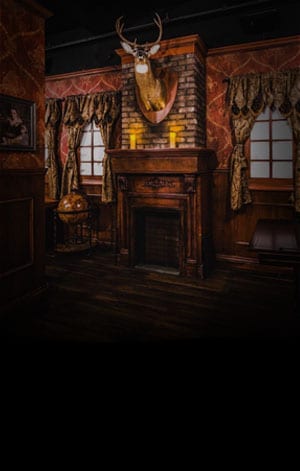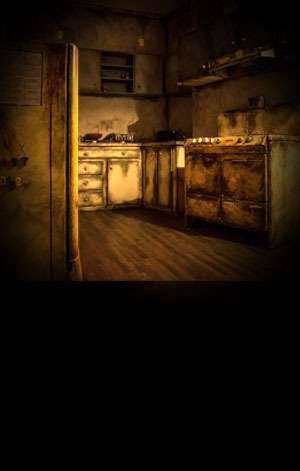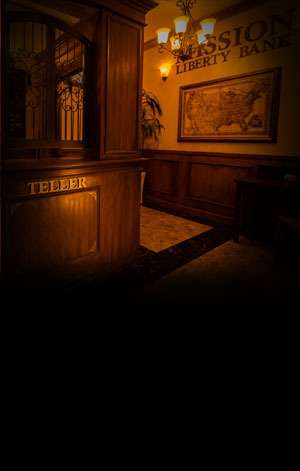Are the escape rooms near Anaheim designed for competitive teams?
Are the escape rooms near Anaheim designed for competitive teams?
Escape rooms have evolved from simple puzzle-solving adventures into fully immersive experiences that cater to a wide variety of play styles. One question that often comes up is whether escape rooms near anaheim are specifically designed to satisfy the appetites of competitive teams. With their ticking clocks, hidden clues and narrative-driven scenarios, these challenges naturally lend themselves to competition. Yet there’s more to the story than just racing against time—factors such as room layout, scoring systems and team dynamics all combine to create an environment that can be as collaborative as it is competitive.
What makes a competitive escape room challenge?
A truly competitive escape room is built around clear objectives, measurable progress and performance feedback. In Anaheim’s offerings, you’ll find:
• Time-based scoring: Clocks aren’t simply for drama; many rooms record completion times and compare them against past performances or public leaderboards.
• Hint limits: Competitive rooms often cap the number of hints allowed. Teams must strategize when to request assistance, adding a layer of resource management.
• Multiple solution paths: Rather than following a singular linear progression, puzzles may branch into different streams. The fastest route becomes the winning route.
• Interactive elements: Technology—such as RFID triggers or motion sensors—can register team actions, automatically awarding points for creative problem solving.
These design features create a measurable framework in which teams aren’t just escaping—they’re competing against other groups and even themselves.
Exploring team dynamics in escape rooms
Escape rooms test far more than individual smarts. Competitive teams often excel by leveraging:
• Role specialization: Players divide tasks—some puzzle experts, others code-crackers or search specialists—maximizing overall efficiency.
• Communication protocols: Establishing clear callouts (e.g., naming found items and suspected clues) keeps everyone in sync under pressure.
• Time checks: Periodic time-status updates prevent tunnel vision. A quick glance at remaining minutes helps teams pivot strategies if they fall behind.
• Debrief and tactics: Teams that review past performances learn which approaches succeed. This meta-game of self-analysis is a hallmark of competitive play.
By focusing on these interpersonal elements, competitive groups not only solve puzzles faster, they build camaraderie and shared achievement.
Overview of popular escape room games in Anaheim
Anaheim offers a diverse slate of games, each with its own competitive flavor:
Hydeout
Set in a Victorian-era hideaway, Hydeout challenges teams with mechanical locks, hidden compartments and a clever narrative twist. Its non-linear puzzle structure rewards teams that split up and tackle multiple tasks in parallel.
Darkest Hours
A gothic-themed adventure steeped in atmosphere, Darkest Hours features audiovisual effects that trigger based on team progress. Quick thinking earns extra “challenges cleared” points, encouraging aggressive puzzle solving.
Bank Heist
Teams assume the roles of master thieves planning the ultimate vault break. With “alarm triggers” that deduct time penalties for missteps, Bank Heist demands precision and speed—ideal for competitive squads.
End of Days
Set in a post-apocalyptic bunker, this scenario uses interactive screens that track puzzle completions. A final scoreboard ranks teams by total points, making End of Days one of the most overtly competitive experiences in Anaheim.
Each of these games has been calibrated to balance immersive storytelling with elements that reward speed and accuracy.
Strategies for competitive success
To thrive in a competitive escape room, consider these proven approaches:
-
Pre–game briefing: Spend the first minute outside the room clarifying roles and agreeing on communication signals.
-
Divide and conquer: Identify obvious puzzle clusters—locks, cyphers, props—and have small subgroups tackle them concurrently.
-
Keep the big picture: Regularly step back to share discoveries. A breakthrough in one corner of the room might unlock progress elsewhere.
-
Use hints sparingly: Treat each hint as a last resort. Exhaust logical options first, then request guidance if you truly hit a wall.
-
Maintain pace: If a puzzle stalls your team for more than a few minutes, flag it and rotate members or revisit later.
Applying these strategies increases your odds of finishing first and claiming a top time on the leaderboard.
Why Choose Us?
Our facility in Anaheim is purpose-built for competitive teams seeking the ultimate escape room challenge. We offer:
• Diverse themes that appeal to every interest, from Victorian intrigue to high-stakes heists.
• Advanced scoring systems with real-time leaderboards and automated feedback.
• Technologically enhanced puzzles that register actions and reward creative solutions.
• Flexible group sizes accommodating intimate duos or teams of up to eight.
• Game Masters dedicated to fairness, ensuring every team competes on equal footing.
Whether you’re a corporate group honing teamwork skills or a circle of seasoned escape artists, our games strike the perfect balance between narrative immersion and competitive flair.
Conclusion
Escape rooms near Anaheim blend storytelling, intricate puzzles and advanced technology to create challenges that naturally foster competition. From ticking clocks and hint limits to multiple puzzle paths and dynamic scoring, each design choice pushes teams to perform at their peak. By adopting proven strategies and harnessing strong team dynamics, competitive players can chase top leaderboard spots and experience the thrill of victory—time and again. Whether you’re new to the scene or a veteran looking to set a course record, Anaheim’s escape rooms offer an engaging, adrenaline-fueled arena for competitive play.
Frequently Asked Questions
Q: Are the escape rooms near Anaheim designed for competitive teams?
A: Yes, many rooms incorporate timed scoring, limited hints and branching puzzle paths that reward fast, accurate team play. Leaderboards and real-time feedback systems further enhance the competitive element.
Q: What is the ideal group size for competitive escape room challenges?
A: While some rooms accommodate as few as two players, a group of four to six often strikes the best balance between collaboration and efficiency in competitive scenarios.
Q: Which game is best suited for teams focused on speed and scoring?
A: Bank Heist and End of Days are particularly well suited for performance-driven groups, thanks to their strict penalty systems and final point tallies.
Q: Do competitive escape rooms offer leaderboards for tracking top times?
A: Yes, many Anaheim locations maintain digital leaderboards that update in real time, allowing teams to compare performances and vie for the fastest completion times.
Q: How far in advance should competitive teams book their room?
A: To secure prime time slots—especially on weekends—booking one to two weeks in advance is recommended, ensuring your team can target less crowded sessions and focus fully on the competition.








